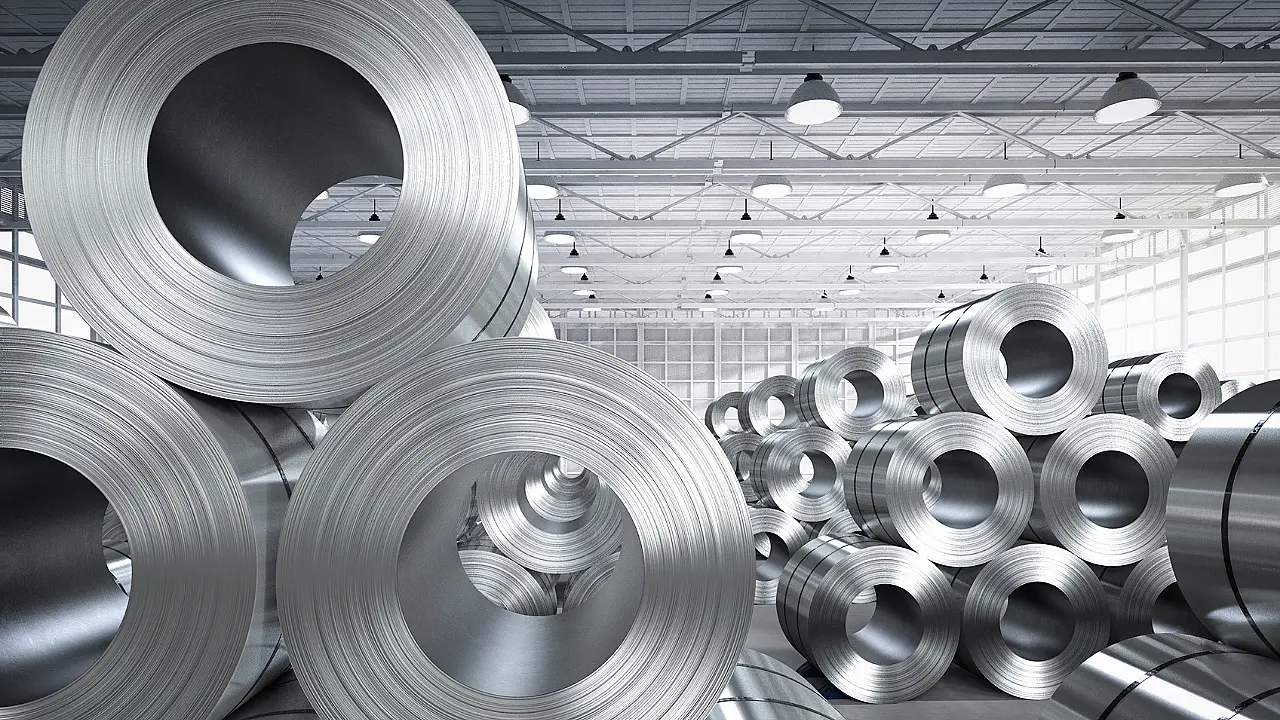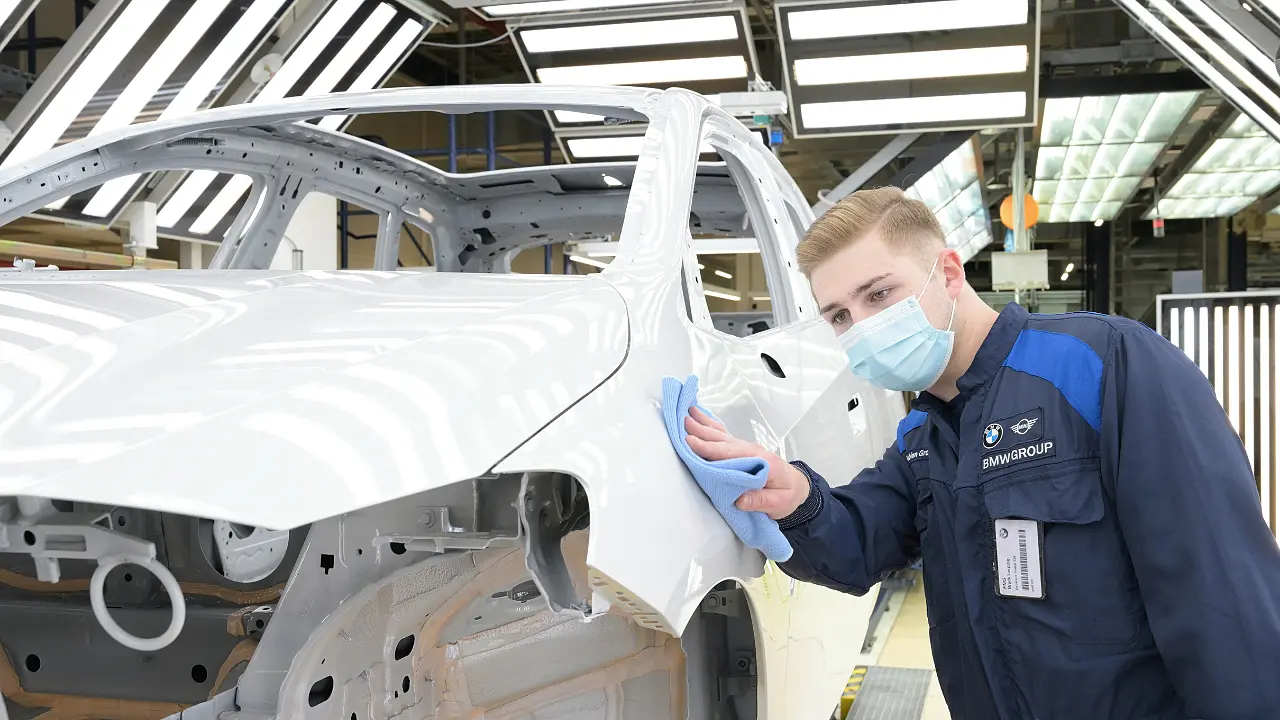
As part of its ambitious ongoing sustainability activities, the BMW Group continues to reduce CO2 emissions in its supplier network.
Steel produced using natural gas or hydrogen and green power, instead of fossil resources like coal, makes a vital contribution to this, the company said in a statement.
The group has now signed a corresponding agreement with Salzgitter AG to deliver low-carbon steel, which will be used in the standard production of cars at the group’s European plants from 2026 onwards. With this move, the group is expanding its sourcing of low-carbon steel to two suppliers. The aim is to use low-carbon steel to meet over 40% of demand at its European plants by 2030, thereby reducing CO2 emissions by up to 400,000 tons per year.
Joachim Post, Member of the Board of Management of BMW AG responsible for Purchasing and Supplier Network, said, “Our aim is to reduce vehicles’ lifecycle carbon footprint with a holistic approach. With steel, in particular, we are leading the way by sourcing low-carbon steel for our plants in Europe in the future.”
The group will also source steel produced using hydrogen and green power from northern Sweden for its European plants from 2025 onwards, reducing CO2 emissions by up to 95%. Its press plants in Europe process more than half a million tons of steel per year.

Gradual Transition
Due to its energy-intensive manufacturing process, steel production generates high CO2 emissions. However, because of its versatility, steel is one of the essential materials for car production and will continue to account for a large proportion of the body and many components.
Salzgitter AG is gradually switching to virtually carbon-free production to lower CO2 emissions from steel production on a massive scale. Electricity from renewable sources and its use in hydrogen production from electrolysis are key elements of the transformation. This green hydrogen will replace the coal currently used in the conventional blast-furnace process. This is made possible by so-called direct reduction plants, which directly use hydrogen to reduce iron ore to iron in the solid state. The solid iron produced in this way is then melted down with steel scrap in an electric arc furnace powered by renewable electricity.
Salzgitter AG plans to use this method to gradually reduce CO2 emissions from steel production to just 5% of what they originally were.
Closed-loop
The automaker has already established a closed-loop material cycle for sheet steel waste from its plant Leipzig with Salzgitter AG more than five years ago. After delivering steel coils to the plant, Salzgitter AG takes away steel remnants of the kind produced at press plants, for example, when doors are punched out, and uses this material to make new steel. This steel is then supplied to its plants. In this way, raw materials can be used multiple times in a circular economy, thereby conserving natural resources, the company said.
The sheet steel waste from the group’s other European plants is either reused through a direct material cycle or sent back to the steel producer via steel traders and processed into new steel.

Secondary Steel
According to the group, up to a quarter of the steel in its vehicles already comes from recycling loops. It pans to increase its percentage of secondary steel in stages, reaching up to 50% by 2030.
Since this requires significantly less energy, CO2 emissions from secondary steel production are an average of 50-80% lower than from primary steel.
Startups Accelerate Development
In addition to sourcing low-carbon steel, the group has also invested in an innovative method for carbon-free steel production developed by American startup Boston Metal through its venture capital fund, BMW i Ventures. Boston Metal uses electricity for its new technology, which, employing an electrolysis cell, produces molten iron that is later processed into steel. If electricity from renewable energies is used for this process, then steel production is carbon-free. Over the coming years, Boston Metal plans to expand the new method for steel production on an industrial scale.
Through its investment in startups, the group aims to accelerate the development of new technologies, promote competition, and provide the impetus to make it easier for young companies to enter the market. Innovative technologies provide better, more sustainable, and more efficient access to raw materials.